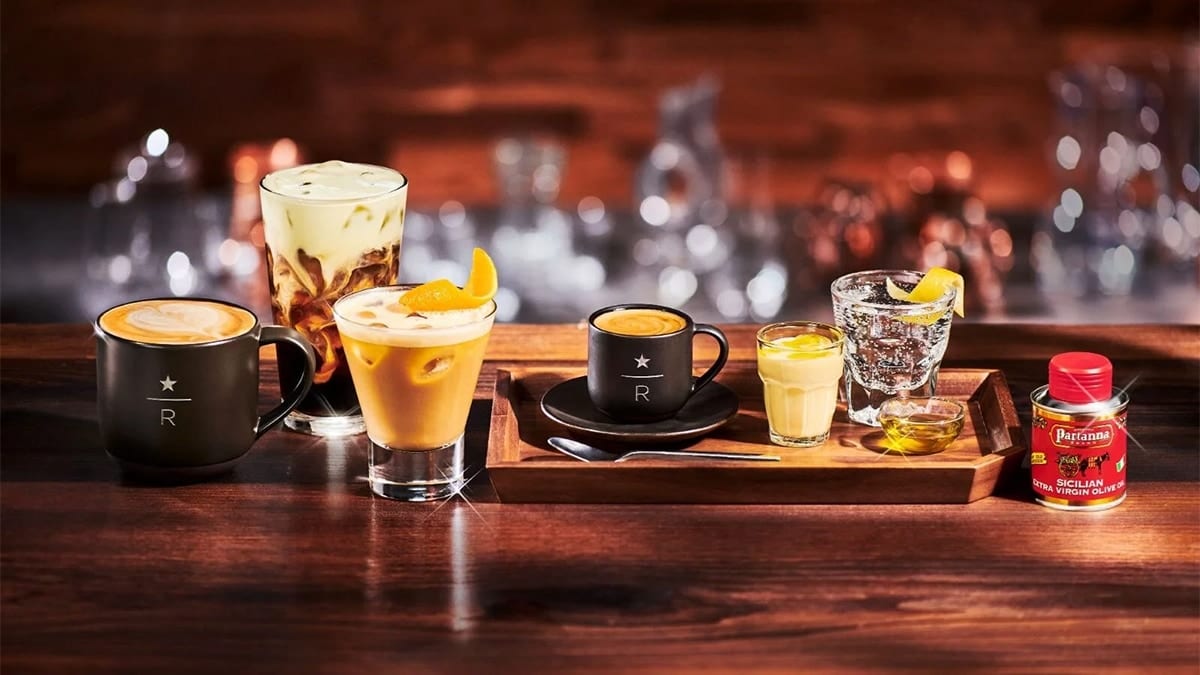US coffee chain Starbucks, which had difficulties in the Italian market, produced olive oil coffee varieties to attract the attention of Italians. Claiming that olive oil enriches the taste of coffee, the company’s new products will arrive in branches in other countries, following Italy, by the end of the year.
Starbucks, the world’s largest coffee chain, announced that it has launched a variety of beverages made with olive oil in Italy.
Starbucks CEO Howard Schultz said olive oil’s “unexpected, velvety, buttery aroma enriches the coffee and stays beautifully on the palate.”
Italy’s Coffee Culture is Local and Based on Loyalty
However, Starbucks is among the main US businesses facing hurdles as it tries to expand into the Italian food and beverage market. Italy’s current coffee market includes independent and often family-run cafes. Starbucks currently has about 20 stores in the country.
Schultz said, “Now, there will be people who will ask how olive oil is in coffee. But the answer is in the cup. I don’t remember a time when I was more excited, more enthusiastic in over 40 years.” he said.
Schultz also noted that olive oil coffee varieties will begin selling in Southern California stores in the US this spring, with Britain, the Middle East and Japan following Italy and the US later this year.
Launched in Italy, the Oleato line includes an espresso shaken with ice and an olive oil latte “steamed with oat milk” according to information on Starbucks’ website. Starbucks will also feature a cold brew coffee “with a silky infusion of Partanna extra virgin oil with vanilla sweet cream mousse … flowing slowly through the drink.”

Fundamental Items of the Mediterranean Cuisine
Olive oil forms an important part of Mediterranean cuisine, which is associated with countries such as Turkey, Italy, Greece and Spain. The health benefits of olive oil can be attributed in part to its monounsaturated fatty acids, which contain vitamins and minerals, and polyphenols, which are micronutrients from plants. On the other hand, some Italians called for a boycott of Starbucks when it announced plans to open its first store in the country in 2018. “We are not here to teach Italians how to make coffee. We come here to demonstrate what we have learned, with humility and respect,” Schultz said at that time.
About Starbucks
Story of Starbucks begins in 1971 along the cobblestone streets of Seattle’s historic Pike Place Market. It was here where Starbucks opened its first store, offering fresh-roasted coffee beans, tea and spices from around the world for their customers to take home. Starbucks name was inspired by the classic tale, “Moby-Dick” evoking the seafaring tradition of the early coffee traders.
Ten years later, a young New Yorker named Howard Schultz would walk through these doors and become captivated with Starbucks coffee from his first sip. After joining the company in 1982, a different cobblestone road would lead him to another discovery. It was on a trip to Milan in 1983 that Howard first experienced Italy’s coffeehouses, and he returned to Seattle inspired to bring the warmth and artistry of its coffee culture to Starbucks. By 1987, Starbucks swapped its brown aprons for green ones and embarked on their next chapter as a coffeehouse.
Starbucks would soon expand to Chicago and Vancouver, Canada and then on to California, Washington, D.C. and New York. By 1996, Starbucks would cross the Pacific to open their first store in Japan, followed by Europe in 1998 and China in 1999. Over the next two decades, they would grow to welcome millions of customers each week and become a part of the fabric of tens of thousands of neighborhoods all around the world. In everything Starbucks do, they are always dedicated to their mission: With every cup, with every conversation, with every community – we nurture the limitless possibilities of human connection.
